I have seen a lot of entrepreneurial scorecards, and one thing is consistently missing… the client’s perspective. Some businesses track NPS which asks customers/clients how likely they are to recommend the product or service to their friends or colleagues, but this is only a good starting point.
The challenge with NPS is that it is a very macro/high-level metric, making it difficult to take a specific action. Tracking your client’s experience more specifically can enable you to take the right action sooner to positively impact how your clients navigate their experience with your business. You may ask: What is involved in measuring Client Experience over and above NPS? Mapping out the Client Experience/Proven Process/Client Journey more specifically provides the framework for breaking down silos and aligning the business to improve the Client Experience.
This blog will provide you with ideas to leverage your Scorecard to improve your client’s experience and drive profitability. We will look at:
- Client Experience as the Alignment Point for Your Business
- External Metrics: Measuring your Client’s Perspective
- Internal Metrics: Delivering the Experience
- How This Approach Drives Profitability
Client Experience as the Alignment Point for your Business
Entrepreneurial Scorecards typically have a lot of internal metrics associated with individuals and departments. Sales, marketing, and operational metrics are tracked with the goal of acquiring and serving more clients. I find it curious that the client’s perspective is usually missing from most scorecards. We have written a good bit about mapping out the client experience. The big idea with using a Client Experience Framework is to remove friction and provide a seamless experience for your clients from the time they learn about your business until you maximize the value you can provide them. There are two perspectives on Client Experience metrics – external and internal.
External: Measuring the Client’s Perspective
External Client Experience metrics are about gathering feedback from clients that is specific to the stage they have just experienced. Let’s use a relatively generic Prospect/Client Experience for context:
- Qualify
- Discovery
- Proposal
- Launch (onboarding)
- Client Success (ongoing service delivery)
Properly measuring your client’s perception of how these areas work together allows you to immediately make an impact. For example, it is no secret that an effective onboarding process drives long-term retention and profitability (more on that later!). Gathering your client’s perspective on the onboarding process with two simple questions provides insight as to what you can do right away to improve:
- Rate your experience with our Launch/Onboarding Process on a scale of 1-10
- What are two things that would have made your experience better?
There are no internal metrics that could deliver actionable insights better than that! While it is important to get your client’s perspective, tracking internal Client Experience metrics also drives efficiency and profit.
Internal: Delivering the Experience
Adding a Client Experience layer to leadership, departmental, and individual metrics provides a couple of big benefits:
- It helps you ensure your scorecard is connected from the leadership down to the ground level
- It helps you understand where to focus on improving your people, processes, or message.
Once you have your Client Experience stages mapped out, there are a couple of internal metrics to consider tracking:
- Conversion Rates: What % of clients move from one stage to the next? This is particularly effective when looking at the Ideal Prospect Experience. This is the process of turning prospects into clients (aka sales process). This is a great indicator of how much friction is involved in each stage and also helps you zoom out to understand where to focus. For example, looking at the stages above, if 85% of leads move past the Qualify step, but only 25% move past the Solution Definition/Proposal stage, then it might be time to look at the Qualify Process.
- Time in Stage: How long are prospects and clients spending in each stage? This metric is particularly effective when looking at Client Experience stages that are more operational, like Launch/Onboarding. If clients are taking too long to move through the stage, it can impact client satisfaction/retention as well as profitability.
Tracking internal and external Client Experience metrics is a great way to enhance client experience while driving profitability.
How this Approach Drives Profitability
Getting everyone moving in the same direction can be a challenge. The Client Experience perspective breaks down internal silos and converges the business around the most important thing – your clients! Gathering and acting on client feedback helps focus your team on making a positive impact in the right place to drive client satisfaction drives and retention. This, in turn, drives profitability. According to Bain and Co, increasing customer retention rates by 5% increases profits by up to 25% to 95% What are you doing to improve and measure the way your clients experience your business?





